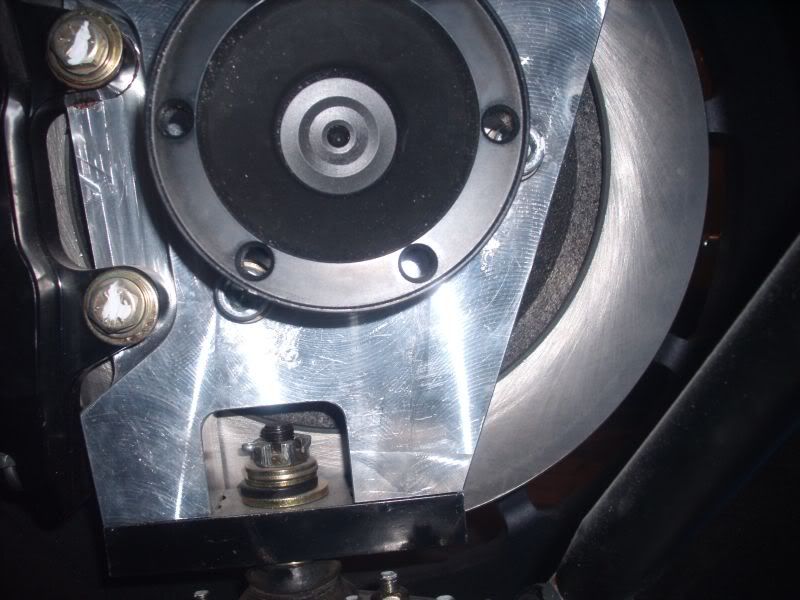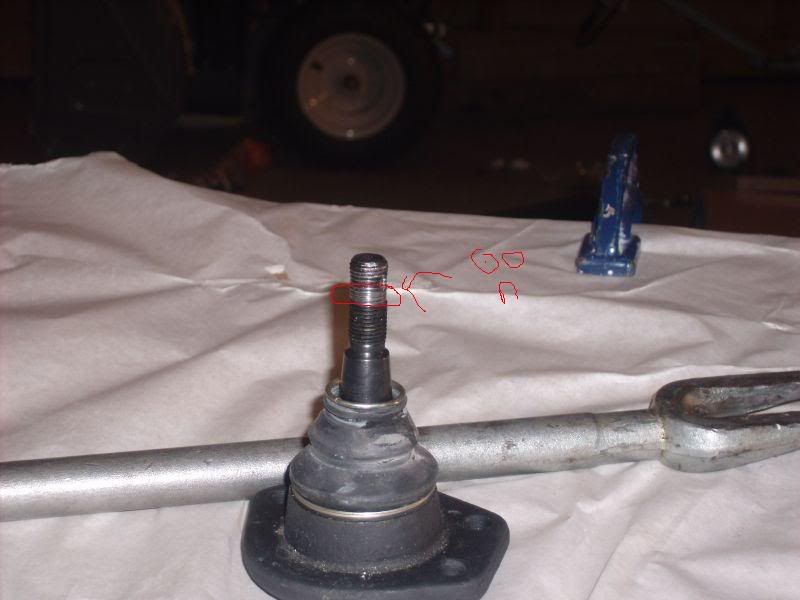Quick question, what would you use to drill the hardened stud coming out of the ball joint to pin the castle nut. The pre drilled holes are 1/2" above the castle nut. Titanium, Cobalt?
I've heard these are difficult/pain in the ass to drill.
In the rear i could add a 1/2"-20 grade8 nut to get the height right. Is this a bad idea due to most of the weight of the car being on this joint?
I've heard these are difficult/pain in the ass to drill.
In the rear i could add a 1/2"-20 grade8 nut to get the height right. Is this a bad idea due to most of the weight of the car being on this joint?




